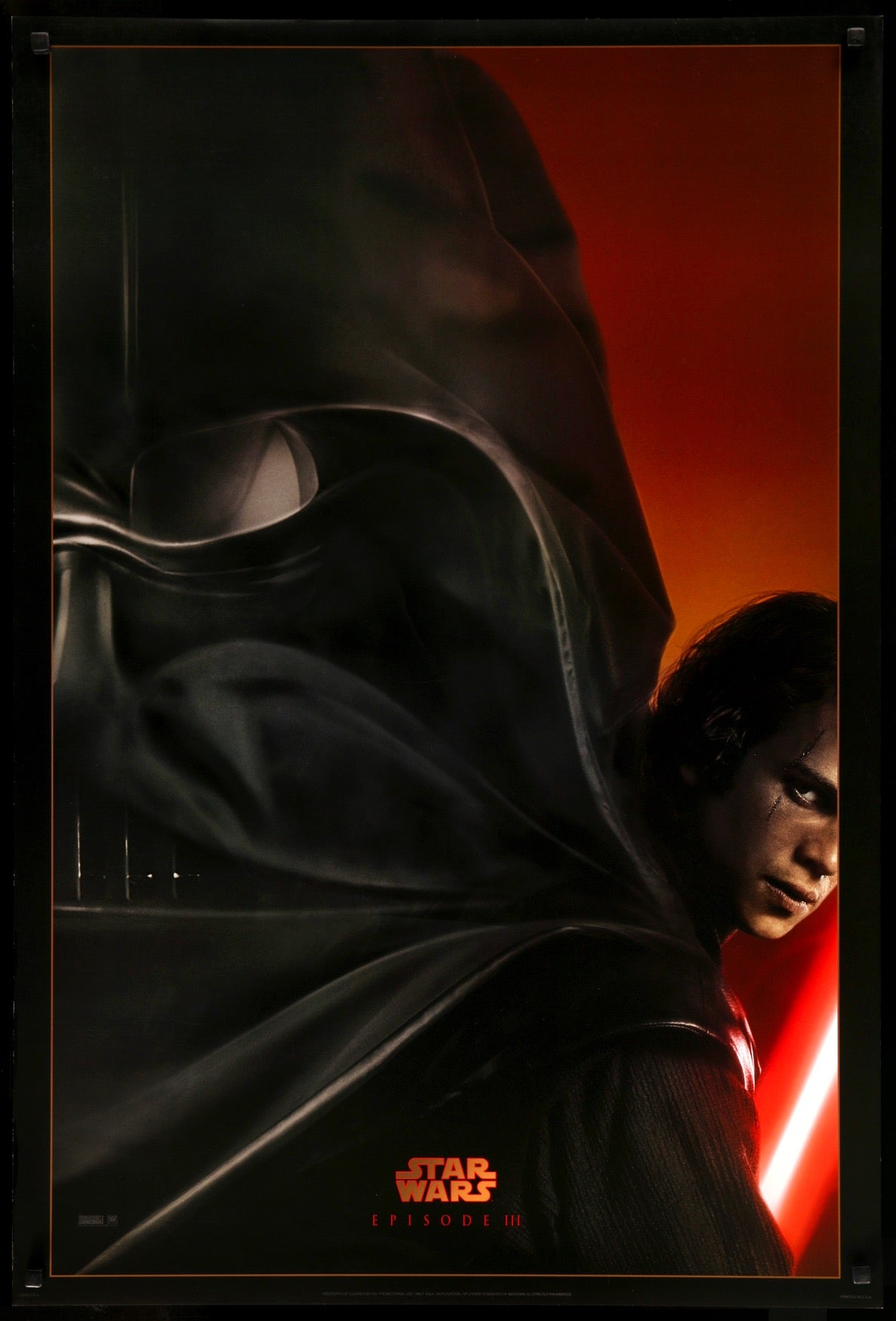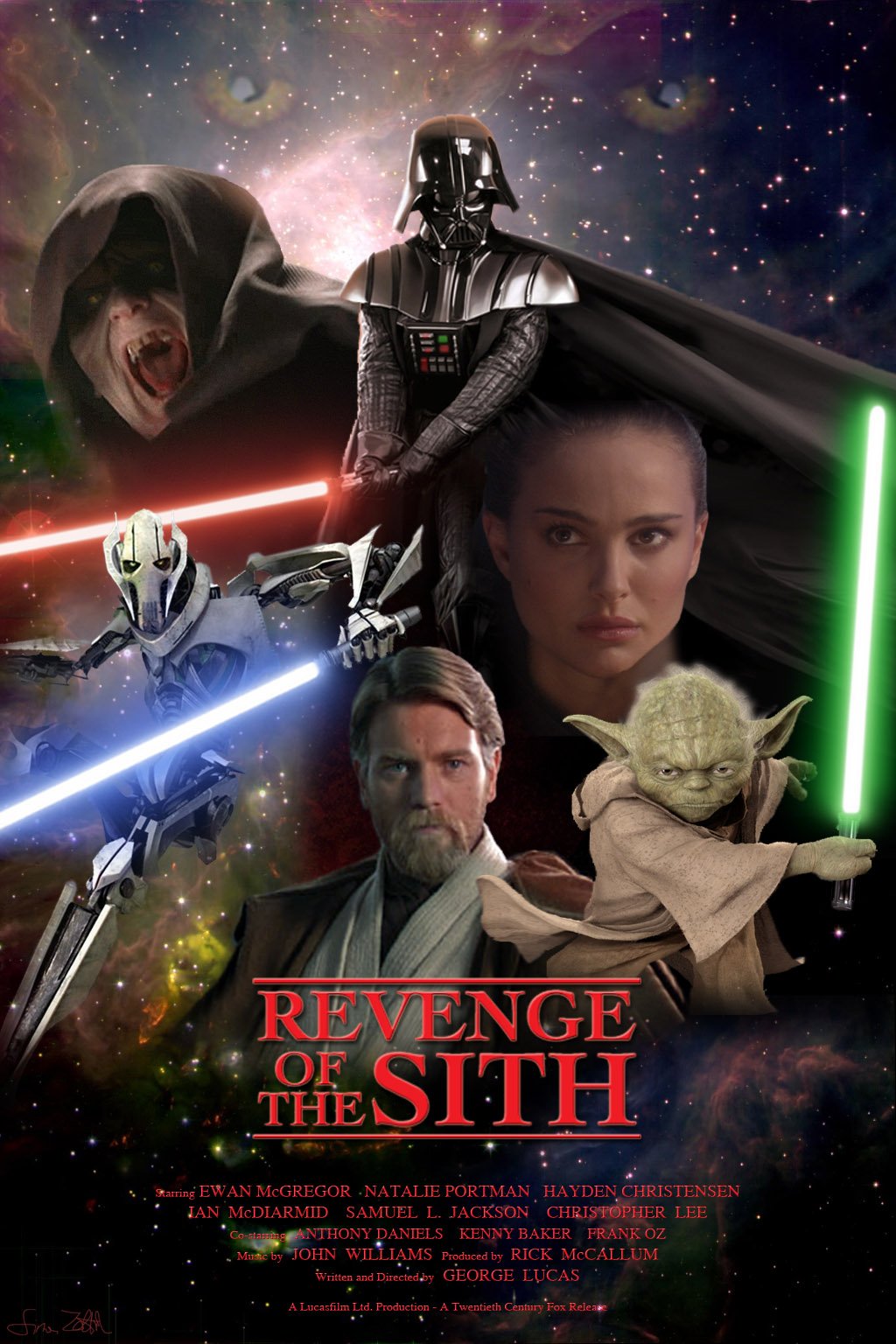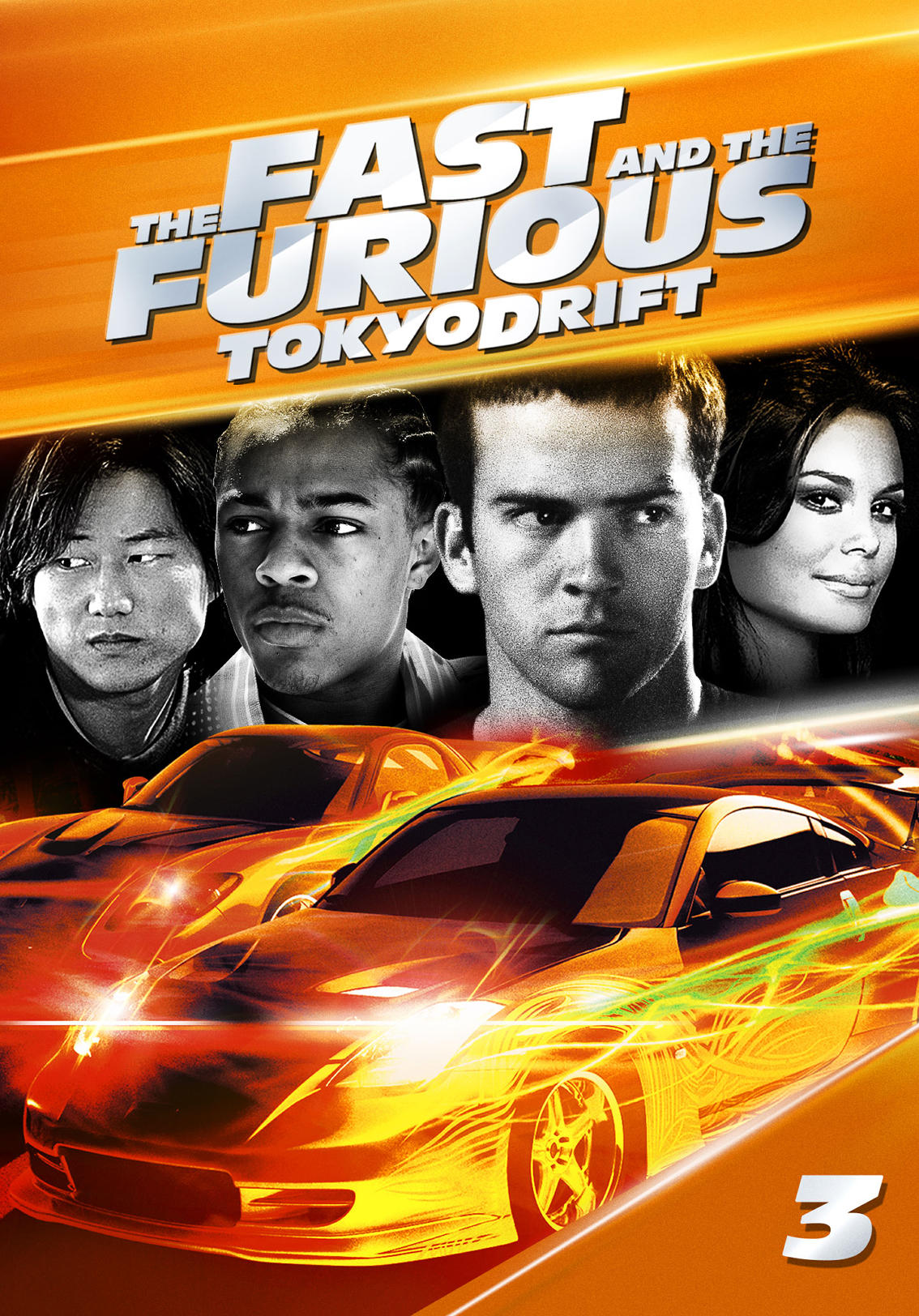
And when he faces Anakin again, he refuses to kill him.

Though when taking into account how this plays out and connects to the original trilogy, as Better Call Saul writer Gennifer Hutchison wisely pointed out to me on Twitter: “But after this, isolates for 20 years. Behaving in ways you loathe in your enemy does not make you a hero. In the context of Sith as a standalone narrative, this choice of Obi-Wan’s feels highly problematic. (He could use the Force to put the flames out, but, naw.) He maims his “brother” and stands on the molten shores of a lava river as what’s left of Anakin catches fire and burns the man alive. Back to that Mustafar fight in one slash of his lightsaber, Obi-Wan reduces Anakin to a legless stump with one arm. That struggle resonates largely on a surface level, which makes its attempts to dig deeper feel all the more jarring, and, at times, disturbing.
#STAR WARS EPISODE 3 MOVIE#
While consistent, emotionally honest storytelling isn’t the franchise’s strongest suit, Sith appears to especially struggle with delivering that which, on paper, feels like the movie most likely to deliver on Lucas’ grand, Shakespearean-level tragedy narrative that started with, um, the Trade Federation’s shipping practices and culminated with one friend forced into war with another so the former can save the galaxy the latter may destroy. The lack of signature characters leaves the execution falling far short of successful even Anakin and Obi-Wan - the beating heart of the film - feel displaced in the action scenes they appear in, scenes that seem to favor the shiny new CG tools used to make them versus investing in characters that make those scenes worth caring about. Their dialogue is easily interchangeable any one of them could say the other’s lines (save for Yoda, obviously).

Sith and the prequels in general introduce us to two trilogies’ worth of new faces that are distinguished less by their unique personalities and more by, um, the color of their lightsaber. In the original trilogy, Han, Leia and Luke had distinct ways of speaking and interacting with one another they stood out and felt fully realized. The characters are largely brand new, and that’s fine, but they lack the inner life of their predecessors. The prequels, on the other hand, are plot first, character distant second, the movie equivalent of Wookieepedia entries brought to life on a Hollywood blockbuster budget.
#STAR WARS EPISODE 3 HOW TO#
But we do relate to his search to be something more, and, eventually, the struggle to figure how to master and accept what that new path has in store - with all the action and cool space stuff built on the backs of insanely likable and relatable characters. Sure, we never get to see Luke - a farm boy with dreams of flying X-Wings - react the way real human beings would to not only seeing his dream come true, but realizing it while saving the galaxy from the Empire and their Death Star. The original trilogy is largely character-driven blockbuster storytelling at its finest. The obvious bluescreen set extensions and scenes made out of ones and zeroes made the very flesh and blood actors feel as artificial as the pixels surrounding them. A large chunk of the blame there could be pinned on the prequels’ reliance on then-pioneering digital innovations and CG instead of the analog tangibleness of creature and model effects that were staples of the original films.

Ironically, that creative spark that fills every frame of Lucas’ first Star Wars movie feels largely absent from the prequels - especially in Sith.

But unfortunately, none of the prequels were as good as the ones fans imagined for 16 years. Sith does many things differentlt than Luke, Han and Leia’s movies, but none of them better - forcing the franchise into a deep carbonite freeze until Disney bought Lucasfilm and went on to release The Force Awakens in 2015.īefore Menace and after Return of the Jedi, fans spent the better part of 20 years waiting for more big-screen stories from that galaxy far, far away - stories that would backfill into A New Hope and deliver on two decades worth of expectations. Like the other two prequels, it suffers from clunky narrative choices and problematic character drama that the original trilogy does not, choices that are seemingly features and not bugs of Lucas’ emotionally flat prequel experiment. In hindsight, and long after the rush of opening night has faded, Sith is arguably the movie that broke Star Wars.


 0 kommentar(er)
0 kommentar(er)
